Born in Argentina, Melina Silberberg began her journey into art from a very early age, taking an interest in drawing and painting. Starting out using watercolours to realise traditional subjects such as fruit, she later developed a love of embroidery and began to experiment with a wider range of techniques and a slightly more abstract approach to her work; the beauty and tactility of fabric attracted Melina to textile art, which is the area in which she now feels she can fully express herself.
In our interview with Melina, she tells us about how sketching is still an important part of her process and how she utilises technology in her work.
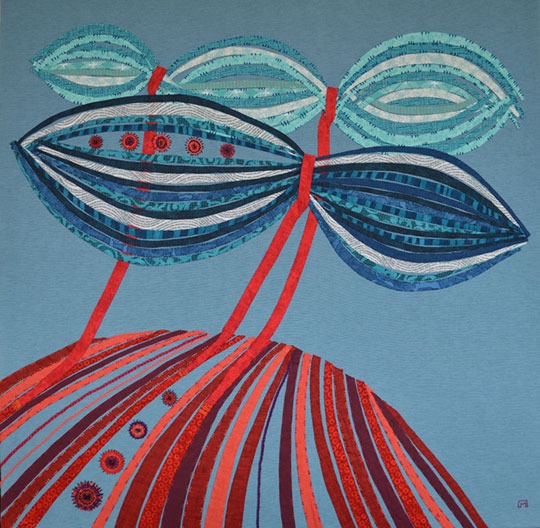
Creative adventures
TextileArtist.org: What or who were your early influences and how has your life/upbringing influenced your work?
Melina Silberberg: I grew up in Argentina and my earliest influence came from my mother, who was a great embroiderer and courageous sewer. I started by sewing rag dolls and their clothing as well. Later on I would learn how to machine-sew with the now called “vintage” Singer treadle machine. I did also some small textile stitched pieces back then. Our mother always encouraged my sister and I to take on creative adventures and would sign us up for art competitions. I have fond memories of an afternoon spent with my sister at a mural workshop, working together filling with color and shapes a very large piece of white paper.

What was your route to becoming an artist? (Formal training or another pathway?)
I don’t have formal art training. My background is in science but a very inspiring aspect of science for me was watching the different shapes, patterns, and colors of stained or fluorophore-labeled cells and tissues under the microscope. It was microscopic art to me!
I think I saw for the first time textiles applied to art, when my sister showed me a project that she had completed for her studies (she is an art teacher and artist herself!) and I was very intrigued by this medium. Later on, I went for a visit to an Art Basel exhibition where a very large textile piece that mesmerized me was displayed. That was when I decided I wanted to apply arts and crafts techniques to textile art projects. I started experimenting with textile stitched collage and design around two years ago.
How would you describe your work and where do you think it fits within the sphere of contemporary art?
The media I use are textiles, both commercial and designed by me (I paint or design a pattern, edit it with the computer and then send it out for printing), many different types of yarn (both classical and novelty yarns) and embroidery threads. The techniques that I use for my designs are hand fabric stitching, hand embroidery and weaving in small circular looms incorporated into the textile background. My work is abstract and it reflects processes of thoughts, dreams and hopes.

Colors and fabric patterns
Tell us a bit about your process and what environment you like to work in?
I work at my home and I like a quiet environment except for background music. My projects start with a sketch that I scan and digitally edit it to test different colors and fabric patterns. Often times my final work has only a slight resemblance with the original sketch! When I am satisfied with the design I copy it onto silk paper which I use as a guide for the paper patterns to cut out the fabrics. I apply the fabric onto the textile background by hand embroidery or hand stitching. If I am not satisfied with the way a design turns out, I unstitch the fabric and test another one!
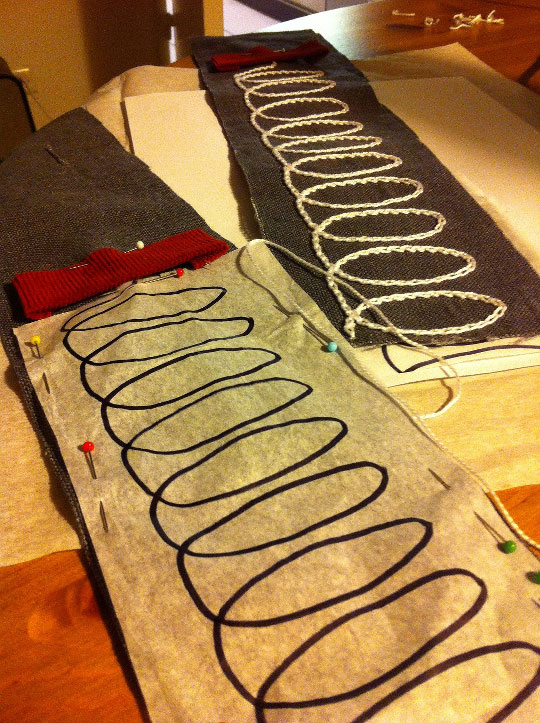
Do you use a sketchbook?
I don’t have a sketchbook but I sketch on loose sheets of paper that I put together in a binder.
What currently inspires you and which other artists do you admire and why?
I admire and am inspired by fabric designers such as Kaffe Fassett and Amy Butler. I am also a big admirer of Hundertwasser’s art. Not only do I love his use of color but also his spirals that he called “the spirals of life and nature”.
“The spiral itself could carry on like that for ever, but when we draw one, we have to stop when we get to the edge of the paper. There we can’t see them any more, but we know that they carry on an on. Life is like that too.”
Barbara Stieff, author of ‘Harvesting Dreams’
I also use them in my art, as the weaving in circular looms forms spirals!
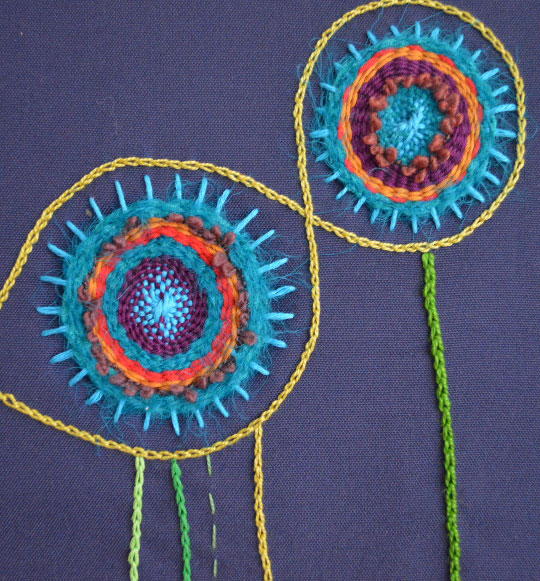
As for textile artists, I like the works of artists such as Meredith Woolnough and Ellen Schiffman.
Music also inspires me. Lately, I don’t start working on a project if I don’t press play to the beautiful music of the Icelandic group “Of monsters and men”. Doing sports, mainly running, also let me free my imagination and are a great tool for inspiration.
Keep your mind free
Tell us about a piece of work you have fond memories of and why?
That would be the last one that I made! I fall in love with them each time that I finish them.
How has your work developed since you began and how do you see it evolving in the future?
I see myself experimenting more with fabrics and trying machine embroidery to “edit” commercial fabrics. I plan on applying more embroidery techniques as well.
What advice would you give to an aspiring textile artist?
If you don’t have formal art training, fight the impostor syndrome and keep your mind free of pre-concepts. Create but also try to stay focused. It is useful to keep a “diary” where one can write down each day what has been done and what to do next for each project.
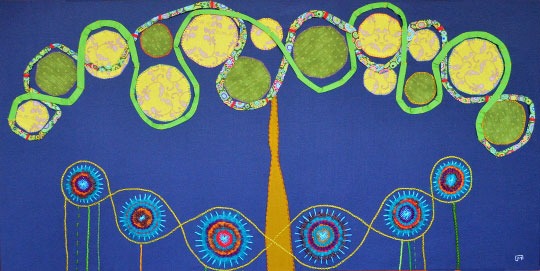
Resources, exhibitions and equipment
What other resources do you use? Blogs, websites, magazines etc.
I go to the public library and leaf through as much arts and craft books as I can. I also find Pinterest very useful to get to know new techniques and new artists.
How do you go about choosing where to show your work?
I am a member of the art agency Frontofbicycle, and they are in charge of finding nice places to exhibit in Switzerland. My work has been shown at the Basel Art Center and there will be more exhibitions, in Basel, coming up next year!
What piece of equipment or tool could you not live without?
I could not live without my compass tool, which I use to make the guides for the circular looms.
Where can readers see your work this year?
I am in the process of setting up my website. Until then, readers can see my work at: www.frontofbicycle.com
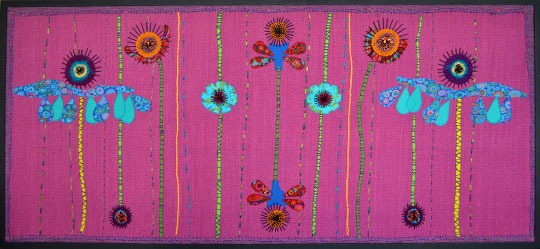
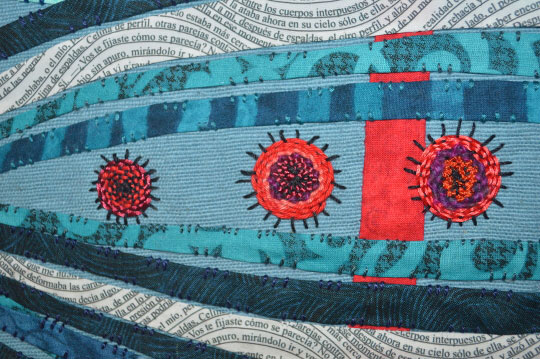
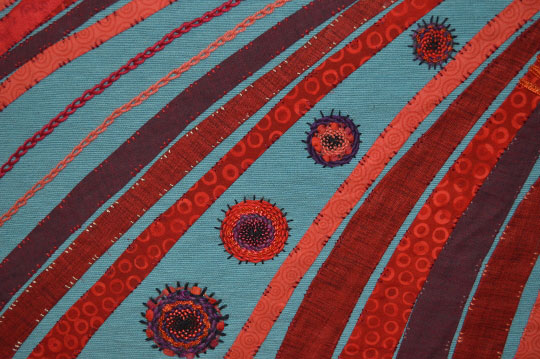
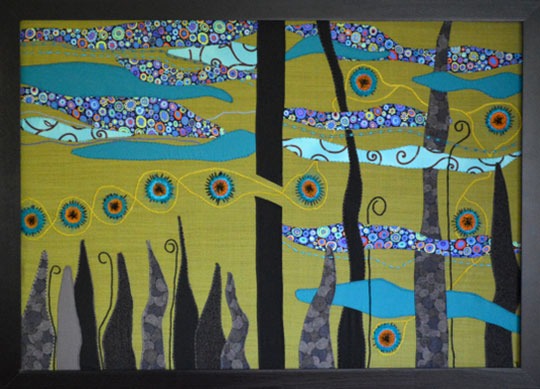
For more information please visit: www.frontofbicycle.com
If you’ve enjoyed this interview with Melina let us know by leaving a comment below
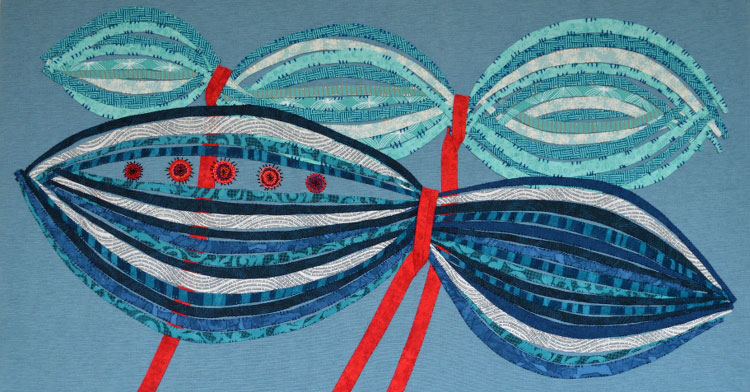
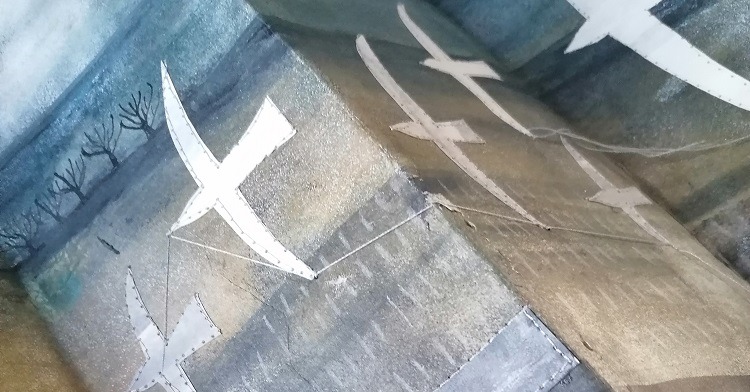
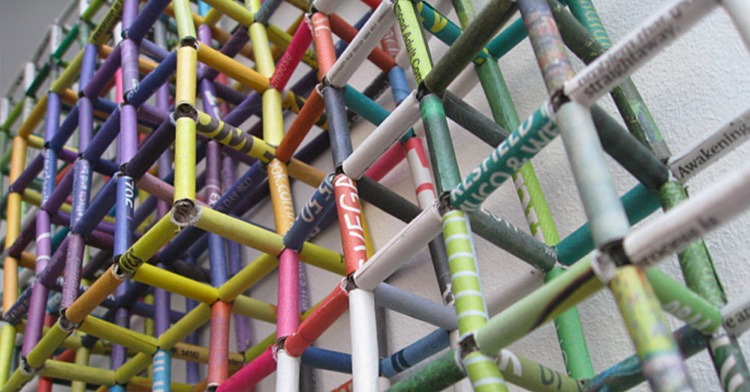
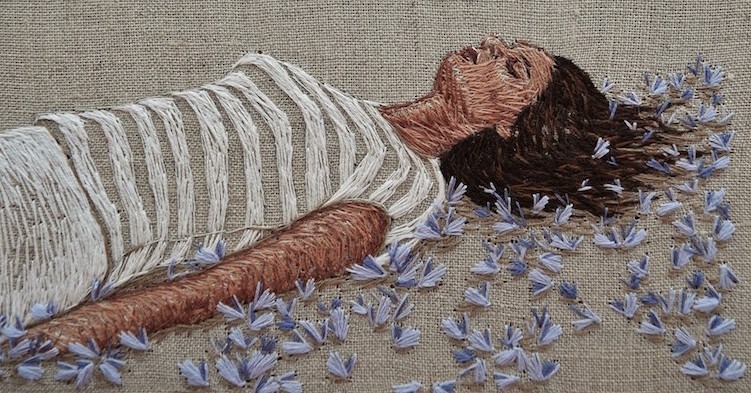
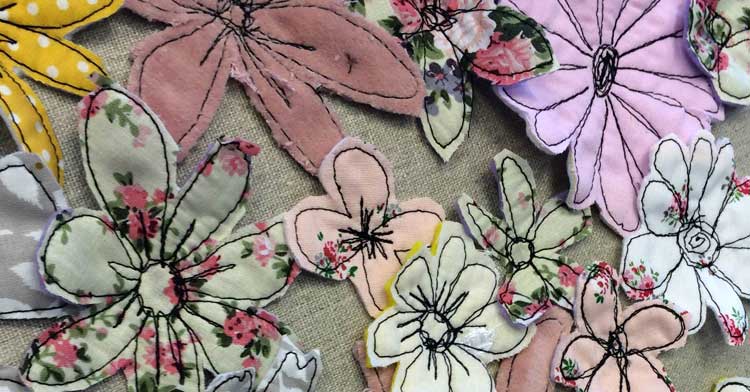
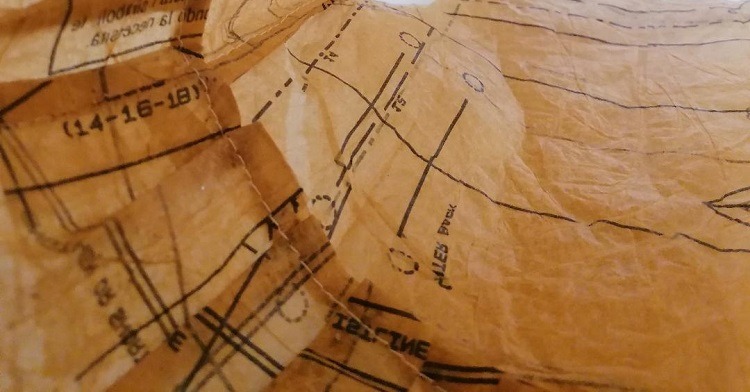
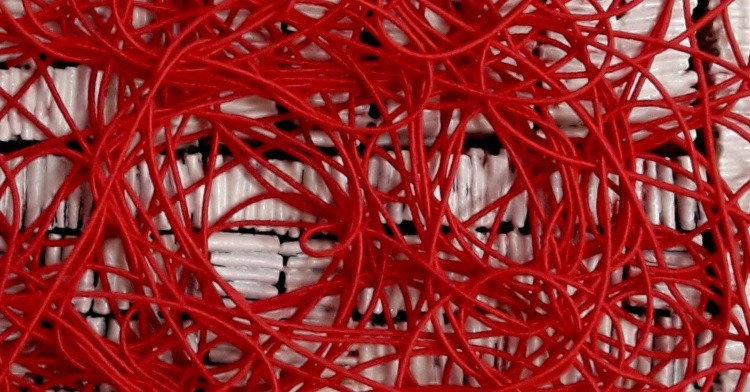
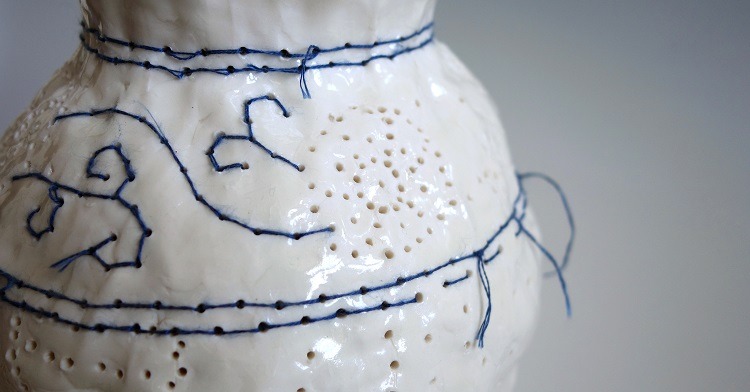
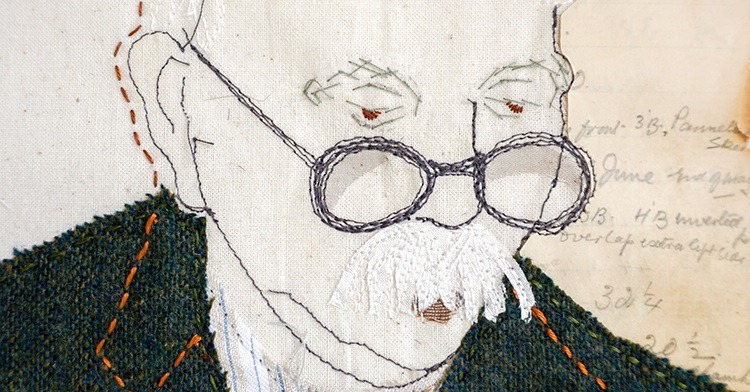
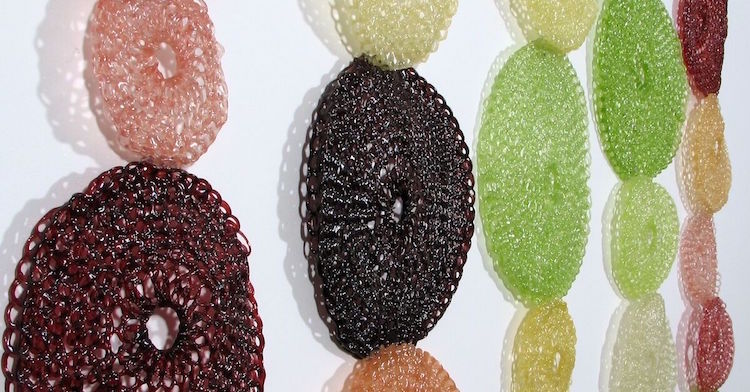
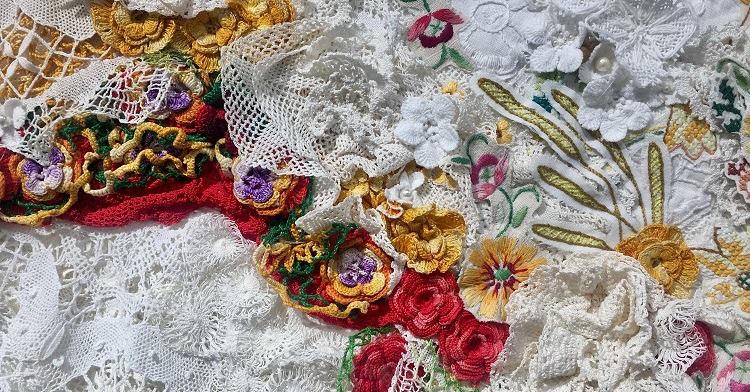
Comments